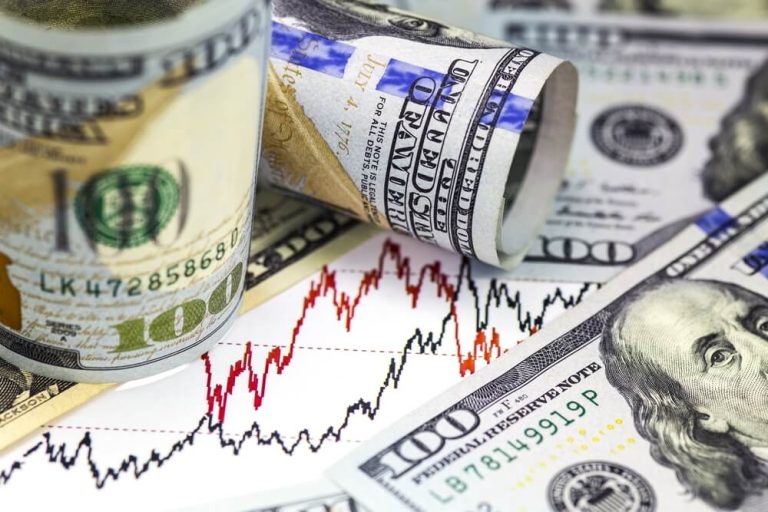- The dollar index rose by 0.2%, which greatly affected the yen and euro.
- Market expectations are adjusting, with a low probability of a rate cut in March and a 60% chance of a 25 basis point cut in May.
The dollar index recently rose 0.2% to 104.23, reaching a peak of 104.60 on Monday, its highest level since November 14. This rise was driven by the strong jobs report released on Friday.
High yields on US Treasury bonds have strengthened the dollar, especially compared to lower-yielding currencies, such as the yen.
The yen fell against the dollar by 0.7%, falling to 149.18, its lowest level since November 27. The decline followed comments by Federal Reserve officials on Wednesday, who unanimously advocated keeping interest rates high for an extended period. They stressed taking a cautious stance on policy easing, which greatly affects the expectations of traders and the market in general.
Prospects of a March rate cut are diminishing as the dollar strengthens
As market expectations change, the likelihood of the Fed cutting interest rates in March has diminished to around 20%. This was a significant decline from previous expectations. Expectations for a 25 basis point cut in May are 60%. These revisions confirm the dollar index rose to 104.23 and peaked after the strong jobs report and rising Treasury yields.
The Fed's steady stance and various US economic indicators have affected currency markets around the world. The Japanese yen fell to its lowest level since late November, weighed down by the Bank of Japan's principled stance on increasing interest rates. The euro and British pound also saw slight declines against the strong dollar. Despite the significant decline in China's consumer price index, the largest in more than a decade, the value of the yuan has remained relatively stable.
The international currency market remains sensitive to policy guidance from leading central banks, with the US dollar steady amid diverse economic data and geopolitical events.

